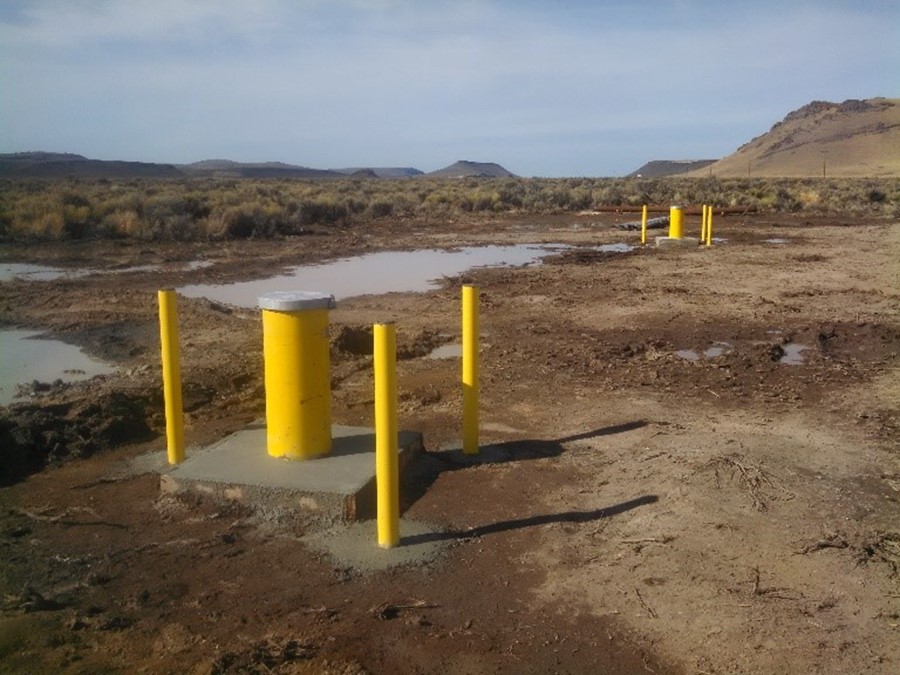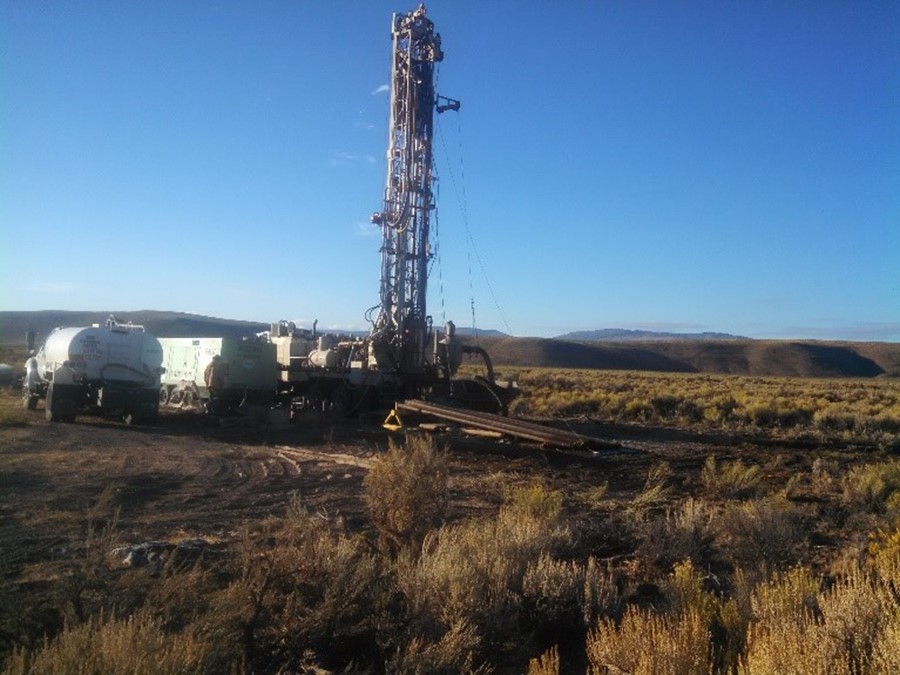The Harney Basin Observation Wells Project included installation and development of shallow/deep observation well pairs at three project locations in the Harney Basin. These observation wells augment Oregon Water Resources Department’s (OWRD) existing State Groundwater Observation Network as part of Oregon’s Integrated Water Resources Strategy.
Cascade Environmental was awarded this work based on OWRD’s evaluation on a 100-point scoring system. Evaluation criteria included total cost, project completion schedule, drilling method technical approach, and experience completing similar projects. Our score was 96 points out of 100. This is Cascade’s fourth project for OWRD’s State Groundwater Observation Network.
PROJECT GOALS
- Install shallow/deep observation pairs at three locations in the Harney Basin
- Collect representative cuttings from the boreholes to define site stratigraphy
- Complete observation well in a single target aquifer for the purpose of long-term water level monitoring
TECHNOLOGY USED
To accomplish well installations within coarse volcanic materials and basalt bedrock, Cascade recommended the use of both air rotary and sonic drilling methods. In addition, sonic technology allowed Cascade to provide OWRD with an ideal sampling method and included continuous soil cores.
A total of three air rotary borings were advanced to install three observation wells to depths of 510 feet within basalt and coarse volcanic materials. A surface casing was installed using 11 7/8” threaded drive casing using air rotary casing hammer (ARCH) drilling with a Mitsubishi under reaming system to depths of approximately 100 feet. A smaller casing (9 5/8” threaded drive casing) was then advanced to competent rock at approximately 350 feet. Open-hole drilling within the basalt bedrock was advanced using an 8” hammer bit and down-hole hammer (DHH) to total depth.
As the project progressed, the team encountered excess formation water in two borings. In order to manage these zones as quickly as possible, the team used sand grout technique to seal off water bearing units. This quick resolution ensured that the project did not get off track and showed the team’s agility and ability to problem solve in order to help the client reach their goals. Following curing, the zone was then re-drilled using an 8” diameter bit with DHH and boring continued to advance to total depth. Completed observation wells were SCH80 PVC 4 inch diameter wells with above-ground monuments and cement pads.
Sonic drilling was used for installation of three observations wells to depths of 490 feet within overburden materials including sand, cinders, clay, and broken basalt. Both 9” and 8” threaded sonic casing was installed to temporary case the boreholes. Completed observation wells were SCH80 PVC 4 inch diameter wells with above-ground monument and cement pads.


